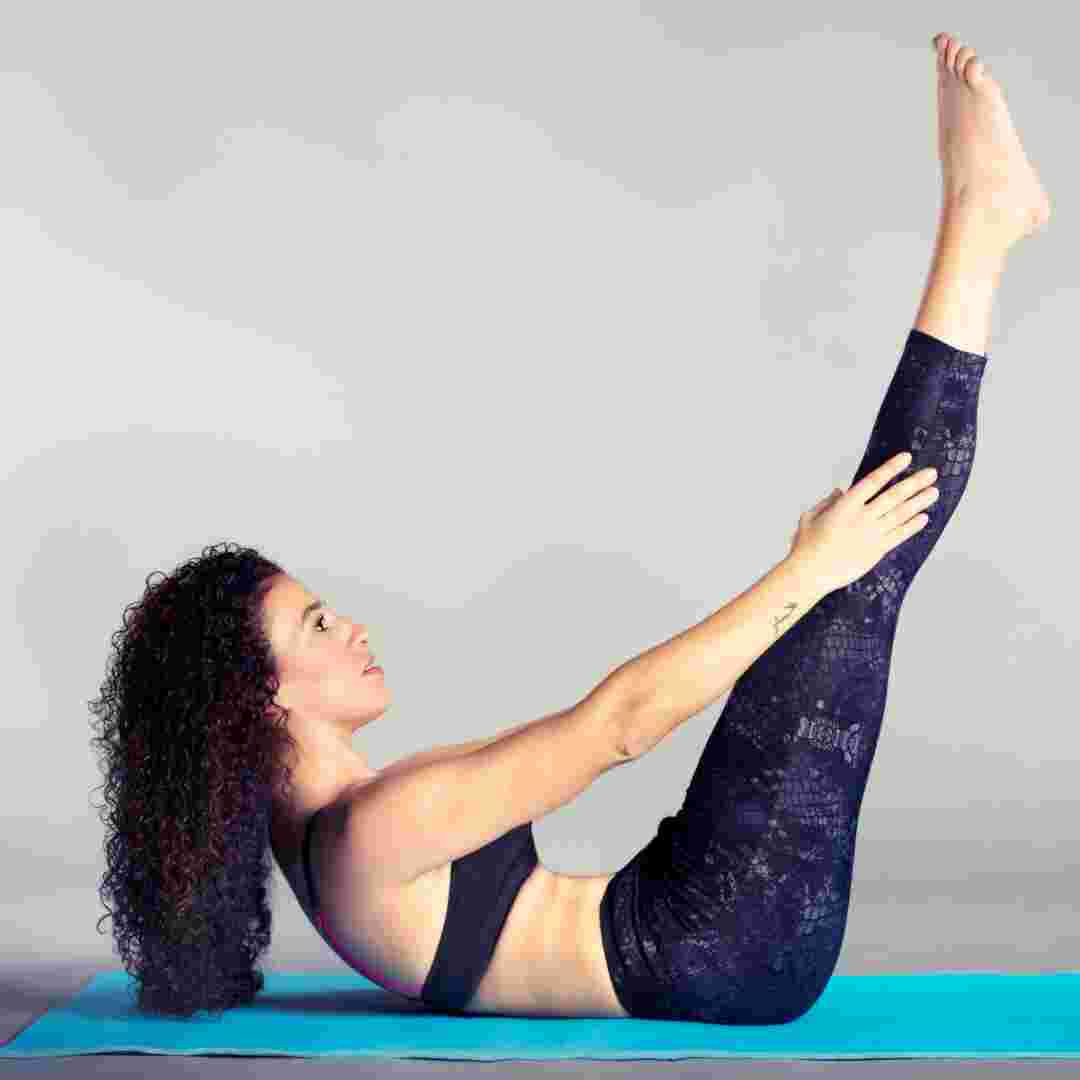Table of Contents
Introduction
Pilates vs. Strength Training: Benefits
Why Pilates is a Low-Intensity Workout Alternative
Mind-Body Connection: Pilates vs. Yoga and Meditation
Q&A
Conclusion
Pilates, a low-impact workout that emphasises precision and control, strengthens your core and posture.
Introduction
Pilates improves posture, core strength, and flexibility. Pilates engages muscles and promotes mind-body awareness through regulated movements and breathing. It uses the reformer, Cadillac, and chair for resistance and challenge. Pilates is a low-impact, full-body workout for all fitness levels and ages.
Pilates vs. Strength Training: Benefits
Pilates has become popular due to its many benefits. This low-impact workout strengthens core muscles, improves flexibility, and raises body awareness. Pilates, unlike typical strength training, emphasises the mind-body link to improve physical and mental health.
Pilates emphasises core muscles, unlike standard strength training. Pilates targets deep abdominal, back, and pelvic floor muscles, which are vital for excellent posture and injury prevention. Traditional strength training emphasises the biceps, triceps, and quadriceps.
Pilates uses equipment differently from strength training. Pilates is done on a mat or with equipment like the reformer, Cadillac, and chair. These equipment support and resist, improving alignment and control during workouts. Traditional strength training uses free weights, machines, or bodyweight.
Pilates differs from strength training in intensity. Pilates is low-impact and emphasises controlled breathing and movement. It's ideal for injured or joint-painful people. Traditional strength training can be more rigorous and entail high-impact movements like jumping or jogging.
Pilates emphasises mind-body connection. Pilates improves physical and mental awareness by focusing on breath and movement. This improves concentration, tension, and well-being. Traditional strength training emphasises physical fitness and may not include mindfulness practises.
Pilates offers physical, mental, and joint-friendly benefits. Pilates exercises are soft, making them a good choice for people healing from injuries or suffering from chronic discomfort. Traditional strength training may be too severe for some people.
Pilates has several benefits for all fitness levels. Its focus on core muscles, use of specialised equipment, low-impact nature, and mind-body connection make it a good choice for those who want a challenging yet pleasant workout. Pilates can help you reach your fitness goals and enhance your health, regardless of your experience.
Why Pilates is a Low-Intensity Workout Alternative
Low-impact Pilates has grown in popularity. It builds core strength, flexibility, and body awareness. Pilates is a great alternative to high-intensity workouts because of its unique benefits.
Pilates emphasises core muscles, making it unique. Pilates targets deep abdominal, back, and pelvic floor muscles. These muscles provide posture, balance, and stability. Pilates strengthens these muscles to enhance alignment and reduce injury risk.
Controlled motions are another Pilates distinction. Pilates is slow and focused on form and alignment. This prevents damage and optimises muscle function. Pilates is a low-impact, joint-friendly workout.
Pilates has distinct mind-body benefits. Concentration and focus assist relieve stress and increase mental clarity in this sort of exercise. Pilates relaxes and improves sleep. Pilates improves flexibility, which reduces injury risk and increases mobility.
Pilates is adaptable. Pilates can be adapted to different fitness levels. It's great workout for all ages and fitness levels. Pilates can help injured or surgical patients recuperate.
Pilates is a low-impact, joint-friendly workout. Pilates is a moderate exercise that helps increase joint mobility and alleviate discomfort, unlike high-intensity workouts.
In conclusion, Pilates is a low-impact exercise with distinct mind-body advantages. Its core-focused, controlled movements, and adaptability make it unique. Pilates is a terrific low-impact workout for all ages and fitness levels. Pilates can enhance posture, stress, and fitness.
Mind-Body Connection: Pilates vs. Yoga and Meditation
Pilates is becoming trendy. It differs from yoga and meditation. Pilates improves posture, core strength, and flexibility through mind-body exercise. All ages and fitness levels can practise this low-impact exercise.
Breathing distinguishes Pilates from yoga. Yoga breathing techniques boost the advantages of positions. Pilates emphasises breathing, but not alone. Pilates emphasises physical alignment and control.
Pilates and yoga employ different motions. Yoga positions are held longer and focus on stretching and flexibility. Pilates, on the other hand, is a vigorous core-strengthening workout. Pilates can be done on a reformer, Cadillac, or mat.
Meditation is also linked to Pilates. Both practises emphasise the mind-body link, yet they differ greatly. Meditation entails sitting quietly and focusing on the breath or an object. Meditation calms the mind and brings tranquilly.
Pilates incorporates movement and exercise. Pilates strengthens and improves fitness while emphasising the mind-body connection. Pilates is difficult and requires concentration.
Pilates can be customised for different people. Depending on fitness level and goals, Pilates can be made easy or harder. Low-impact Pilates is beneficial for persons with joint discomfort or other physical restrictions.
Pilates is distinct from yoga and meditation. Pilates is a physical practise that emphasises mind-body connection. Pilates improves posture, core strength, and flexibility. Pilates emphasises dynamic movements rather than breathing, unlike yoga. Pilates is a low-impact, customizable workout for all ages and fitness levels.

Q&A
1. What distinguishes Pilates from weightlifting?
Weightlifting emphasises muscle growth and strength, while Pilates emphasises core strength and controlled movements.
2. What distinguishes Pilates from yoga?
Pilates focuses on core strength and stability through regulated movements, whereas yoga focuses on holding positions and gaining flexibility.
3. What distinguishes Pilates from cardio?
Pilates builds core strength, posture, and flexibility through regulated movements, while cardio raises heart rate and burns calories.
Conclusion
Pilates is a low-impact workout that builds core strength, flexibility, and balance. Controlled movements, breathing, and mind-body connection make it unique. The reformer, Cadillac, and Wunda chair enhance Pilates workouts. Pilates is a unique workout method for all ages and fitness levels.


